Why is the Shoulder Important?
Did you know that the shoulder is the most mobile joint of the body? You can move your arm overhead, across your body and behind your back, thanks to the shoulder. However, with this extra motion, there can be a trade off for less stability.
The shoulder consists of the humerus (arm bone), the scapula (shoulder blade) and the clavicle (collar bone). If you compare the shoulder joint to the hip joint, another ball and socket joint in the body, the surface contact between the bones is significantly different. In the shoulder, only about 25% of the ball sits in the socket, whereas in the hip, about 75% of the ball sits in the socket. This is comparable to a golf ball sitting on its tee versus a joystick controller. There is a big difference in joint stability when you compare the shoulder and the hip.
How can we maintain full range of motion for our shoulders without compromising shoulder strength and stability? The answer lies in our rotator cuff. The rotator cuff is a group of 4 muscles that sit on the outside and inside of your scapula and attach along the top of your humerus. The primary role of your rotator cuff muscles is to provide stability with shoulder movement, keeping the ball in the socket so that you can move with both strength and stability.
When your rotator cuff muscles are weak, injured or not contracting properly, you are likely to experience lateral shoulder pain, a painful arc of movement, shoulder impingement, or feelings of instability and weakness.
So, how can we take advantage of our shoulder’s stabilizers to promote the strength and stability of the shoulder and avoid pain and injury? The secondary roll of your rotator cuff muscles allow for shoulder rotation, moving your arm towards you and away from you. Think of opening and closing the refrigerator door. By incorporating exercises that target shoulder rotation, you can promote your shoulder stability and consequently your strength and resilience.
Now it may not be as simple as adding rotational exercises into your routine. It is also important to assess the overall mobility of your shoulder. Are there restrictions? Is your shoulder stiff or are there areas of increased mobility causing pain at the end of your movements?
Here at Refuge Physiotherapy, we treat patients who exhibit a combination of: weakness, stiffness or increased mobility. Our goal is to identify the root causes and eliminate your pain within your first few visits. Once your pain is improved, we focus on strengthening your body without losing mobility. We teach you the optimal form for functional exercises that include: pushing, pulling, and carrying.
This progression of identifying the root cause, eliminating pain and improving strength and mobility will improve your resilience to avoid reinjury or a return of your pain. We take it a step further by looking at your entire body, not just one specific joint to help you meet and exceed your health goals.
Some great functional exercises to maintain shoulder strength include: shoulder press, farmer carries, planks or push ups, and rows.
Common areas of tightness include the lats and pecs, limiting reaching overhead and causing our shoulders to be rounded forward. If you have tightness with overhead reaching or difficulty keeping your shoulders back, incorporating a lat or pec stretch can be helpful.
Common areas of weakness include: rhomboids, traps and rotator cuff. Incorporating rows, reverse flys, and shoulder rotation exercises can help target these areas.
If you would like assistance in evaluating your shoulder, whether you have been dealing with persistent shoulder pain or are looking for a preventative screen, do not hesitate to reach out.
